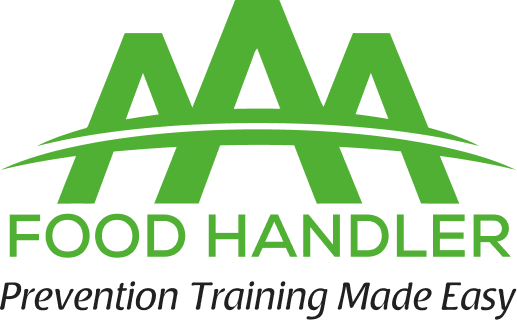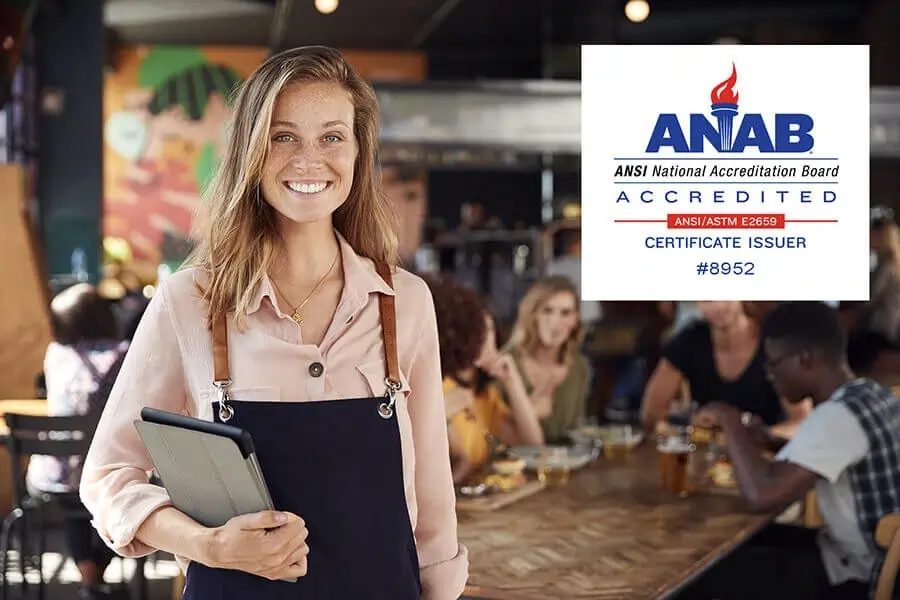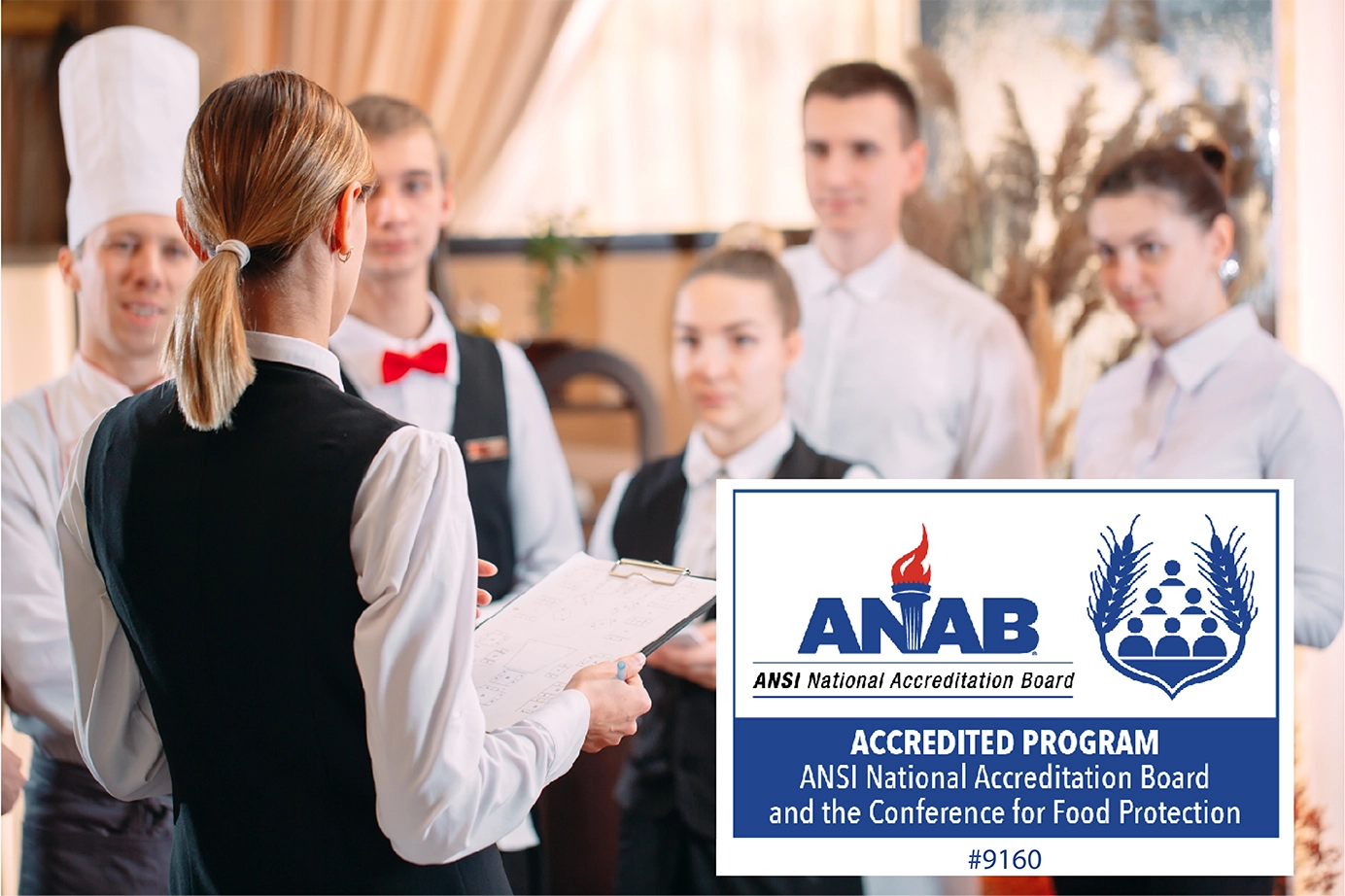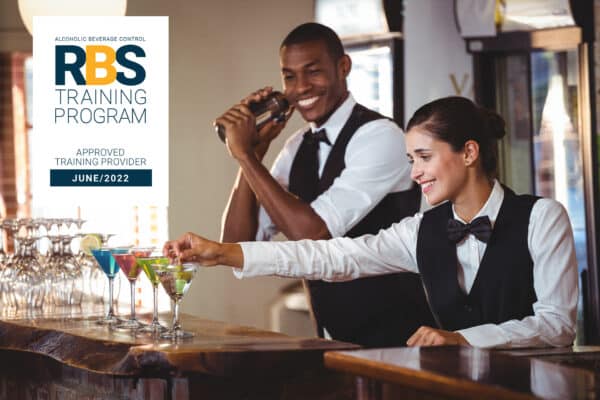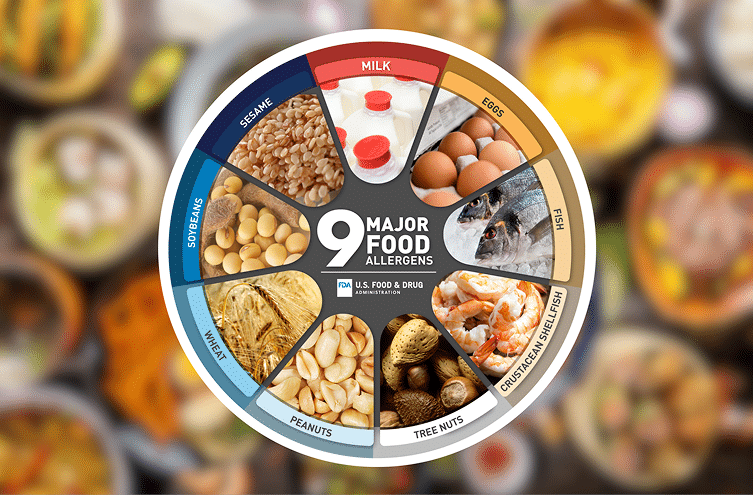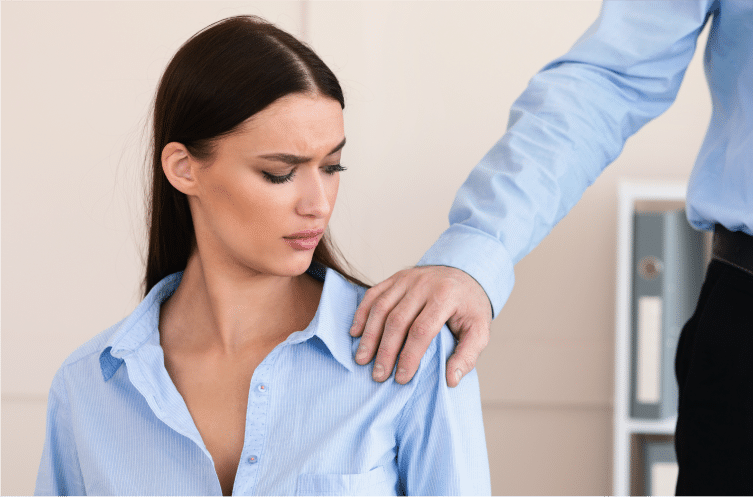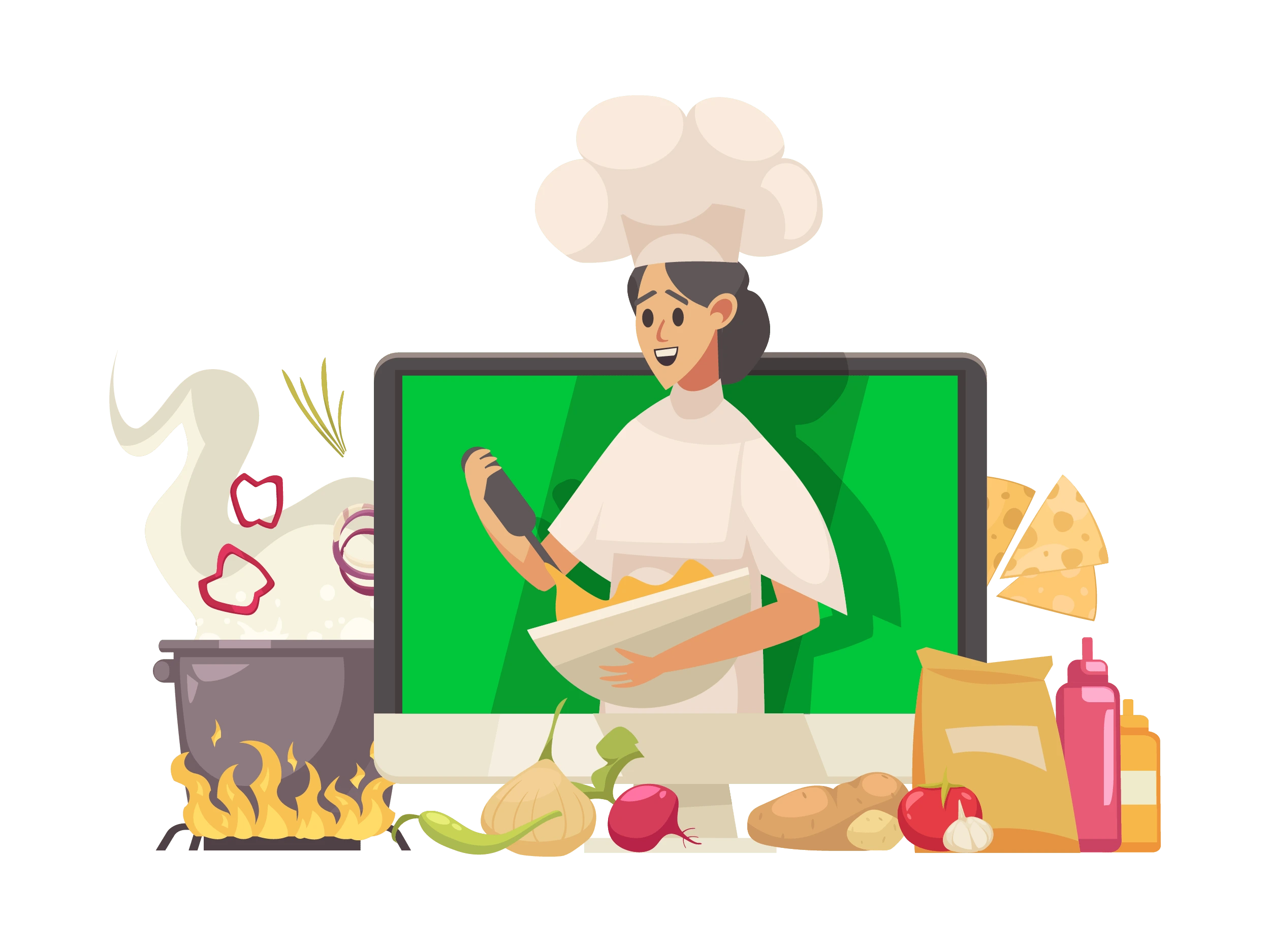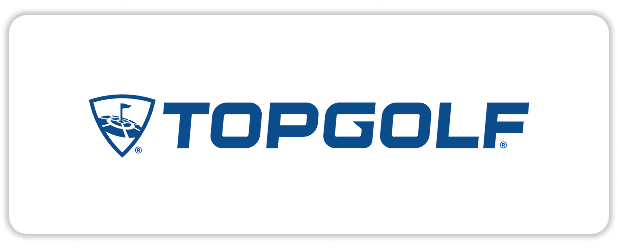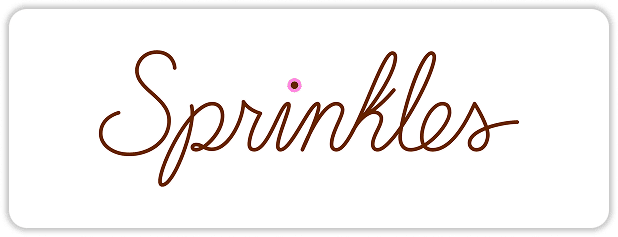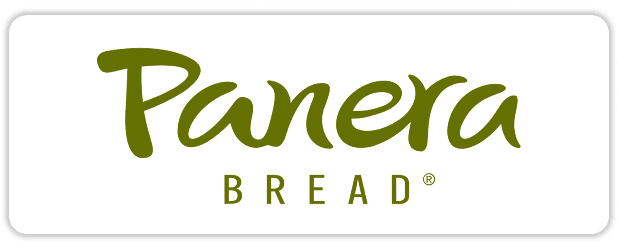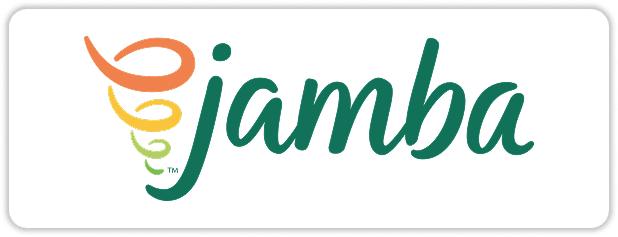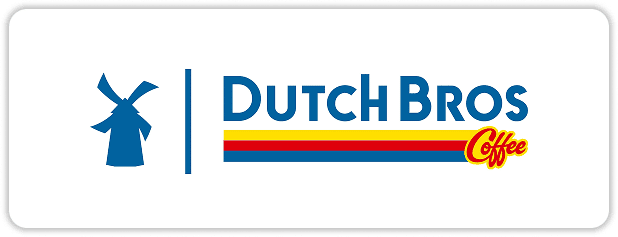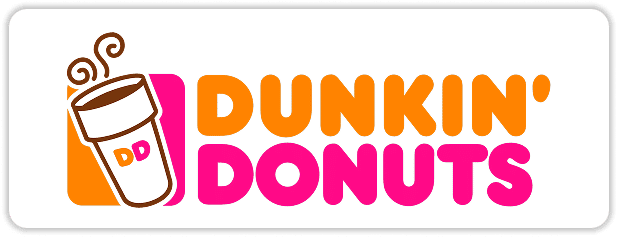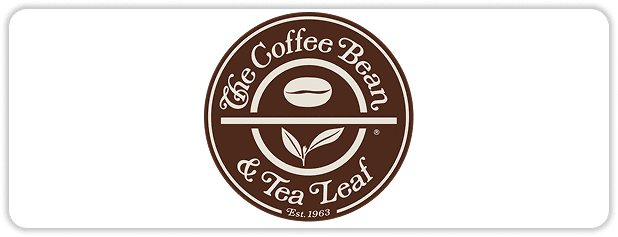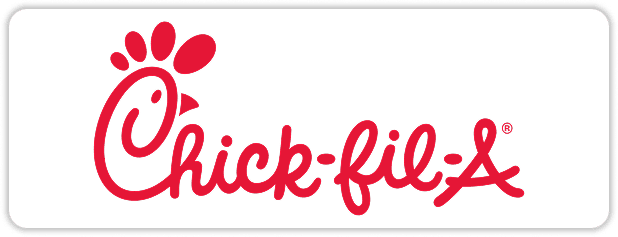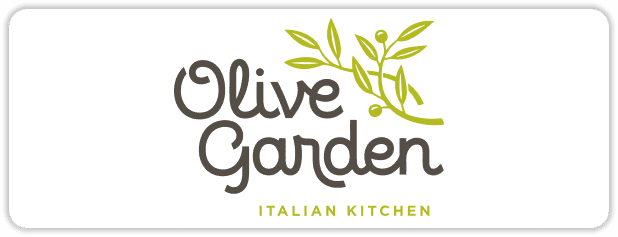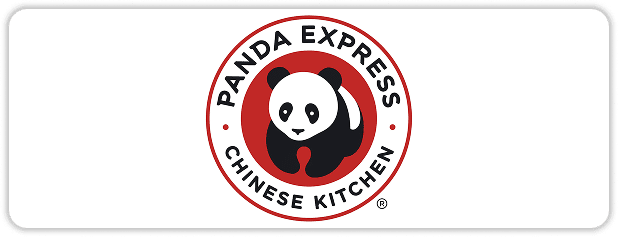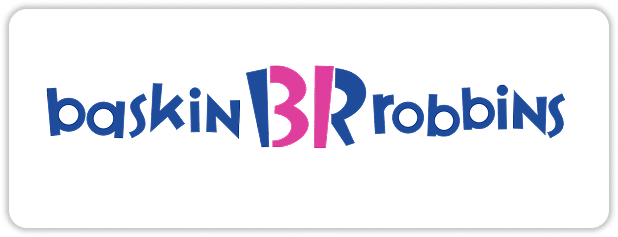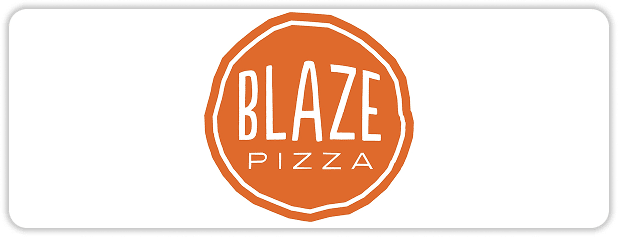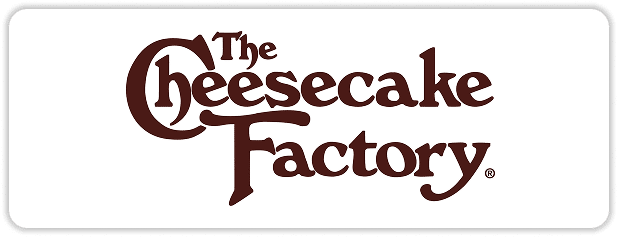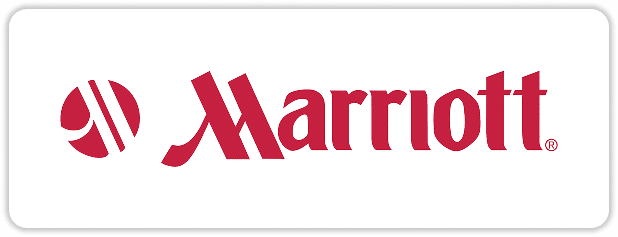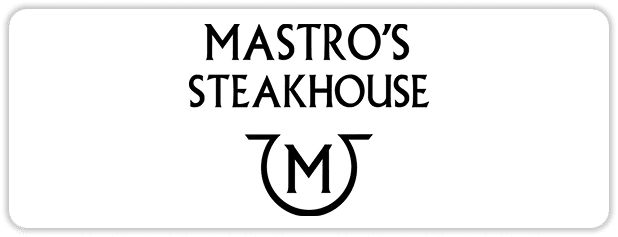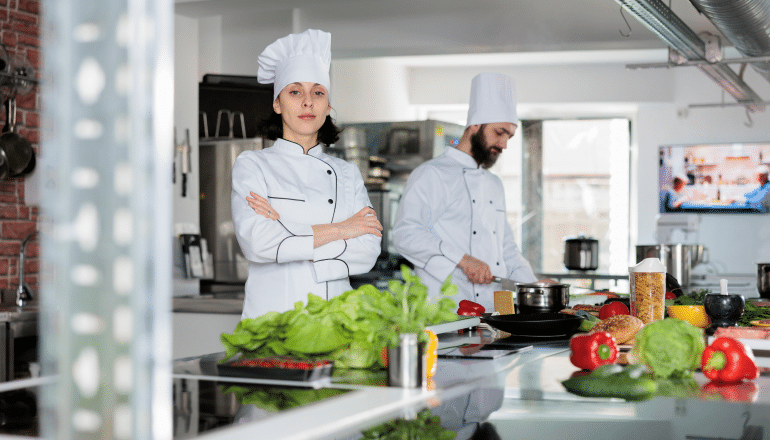
Food Safety Guidelines for Restaurants Explained
Food safety is one of the most important aspects of restaurants. With new restaurants opening up left and right and more and more people dining out, it’s crucial to follow strict food safety guidelines.
If you’re looking for tips on handling food in your restaurant correctly, this guide will help! We’ll cover everything from personal hygiene and proper food handling to cleaning and sanitation, pest control, purchase from approved suppliers, training, and monitoring.
Food Safety Guidelines – What are They?
Food safety guidelines ensure that food is safe to eat. These rules are in place to protect consumers and prevent illness, but they also help restaurants stay in compliance with local laws.
Food safety guidelines vary by state, but there are two main types: those set by the government and those set by industry associations.
The former includes things like health codes or regulations from your state’s health department; some states even have websites where you can look up their exact restaurant requirements!
Industry associations focus on specific types of establishments (such as fast food chains or fine dining restaurants) and offer detailed lists of do’s and don’ts when handling certain ingredients or preparing certain dishes on their menus.
Personal Hygiene
- Wash your hands frequently. It is one of the simplest ways to prevent foodborne illness in restaurants, as it's easy to do and can help stop harmful bacteria from spreading.
- Always wear clean clothing while working with food or handling it.
- Wear hairnets when necessary: it needs by law in many states, so ensure you have them handy before starting work each day.
Proper Food Handling
Proper food handling is one of the most important aspects of restaurant safety. If your staff doesn’t know how to handle food properly, ensuring their customers are safe will be nearly impossible.
To avoid cross-contamination:
- Never let raw meats touch cooked or ready-to-eat foods by keeping them separate in your refrigerator (or, even better, using two refrigerators).
- Use different cutting boards and knives for different types of foods. It will help keep your kitchen sanitary and prevent any chance that bacteria from one type of food could spread onto another type through contact with these surfaces.
Cleaning and Sanitizing
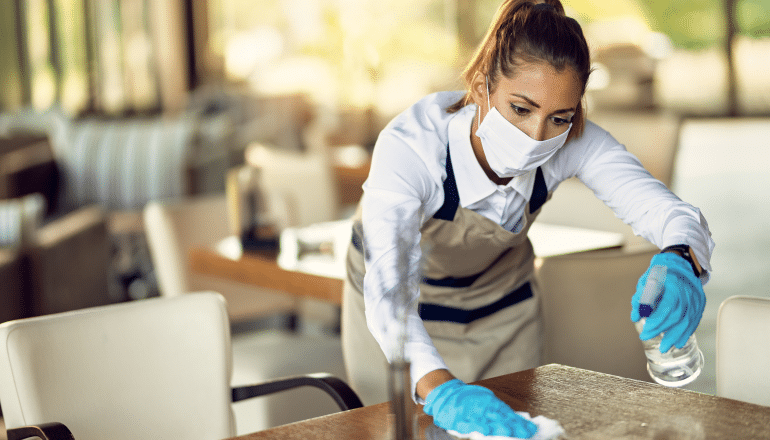
When cleaning and sanitizing, you need to be careful about what you use. The right cleaning solution will help eliminate bacteria, but the wrong one could worsen things. Here are some guidelines:
- Use a cleaning agent that is appropriate for the surface you are cleaning
- Clean and sanitize countertops and tables at least once every shift and any other surfaces that contact food regularly (such as sinks or refrigerators).
Pest Control
Pest control is an important part of food safety. Pests can carry bacteria and other pathogens, which can spread to your food if they get into it or contaminate surfaces that touch the food. Therefore, you must take care of pest control so that it doesn’t contaminate your restaurant’s equipment, surfaces, and employees.
Pests should control using professional pest control services rather than DIY methods. A professional will also be able to identify any structural problems that may lead to infestation problems.
Purchase from Approved Suppliers
When you’re a restaurant owner purchasing food, you must be sure you’re buying from approved suppliers. It means that the supplier has gone through a process of approval with the government, which helps ensure they appropriately handle their products.
It is essential for meat and poultry products because they can carry dangerous bacteria if the supplier or restaurant owner does not handle them properly.
Training and Monitoring
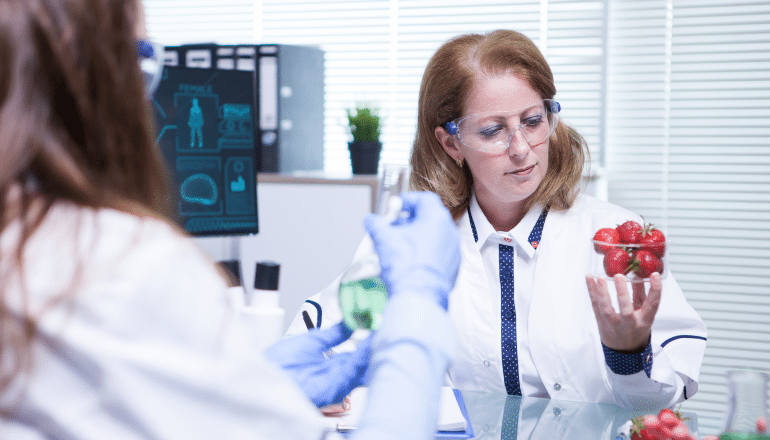
Food managers should provide training to all employees. Train your staff on handling food safely with AAA Food Handler training courses. Our online course is available anytime, anywhere, seven days a week, and offers a certificate of completion that is instantly emailed upon successful completion.
If you want to keep your customers safe and healthy, following these food safety guidelines is important. Ensure that everyone in your restaurant is trained on proper food handling techniques, cleaning and sanitizing procedures, and pest control.
You should also purchase only approved suppliers for your ingredients so that there’s no chance of contamination during production or storage stages before they reach your kitchen!
If you want to learn more about our ANAB Accredited Health Department Approved Food Manager Certification Programs and how they can help you meet your goals quickly, flexibly, and within budget, contact us today!
We Serve All 50 States with a Food Handler Certificate
Alabama, Alaska, Arizona, Arkansas, California, Colorado, Connecticut, Delaware, District of Columbia, Florida, Georgia, Hawaii, Idaho, Illinois, Indiana, Iowa, Kansas, Kentucky, Louisiana, Maine, Maryland, Massachusetts, Michigan, Minnesota, Mississippi, Missouri, Montana, Nebraska, Nevada, New Hampshire, New Jersey, New Mexico, New York, North Carolina, North Dakota, Ohio, Oklahoma, Oregon, Pennsylvania, Rhode Island, South Carolina, South Dakota, Tennessee, Texas, Utah, Vermont, Virginia, Washington, West Virginia, Wisconsin, and Wyoming.
For More Updates, Follow Us on Facebook.
